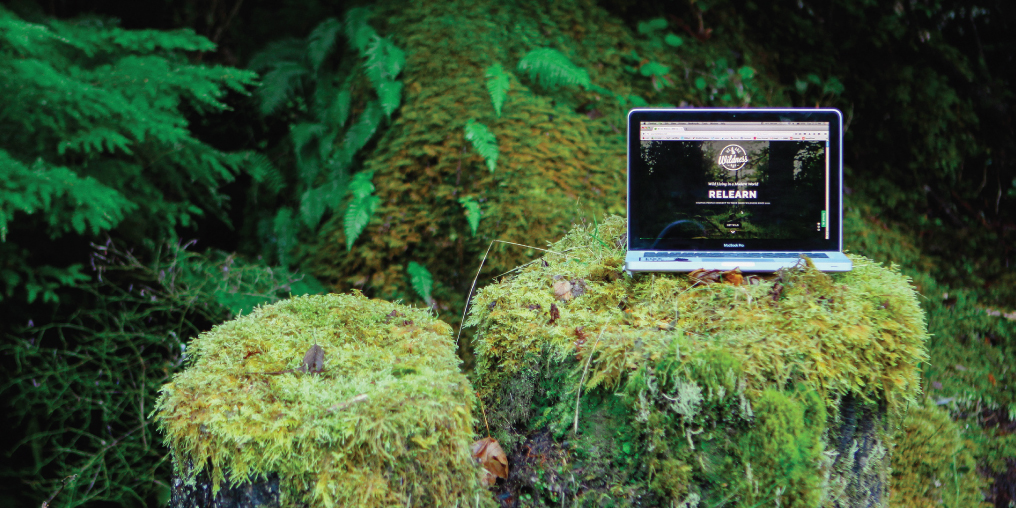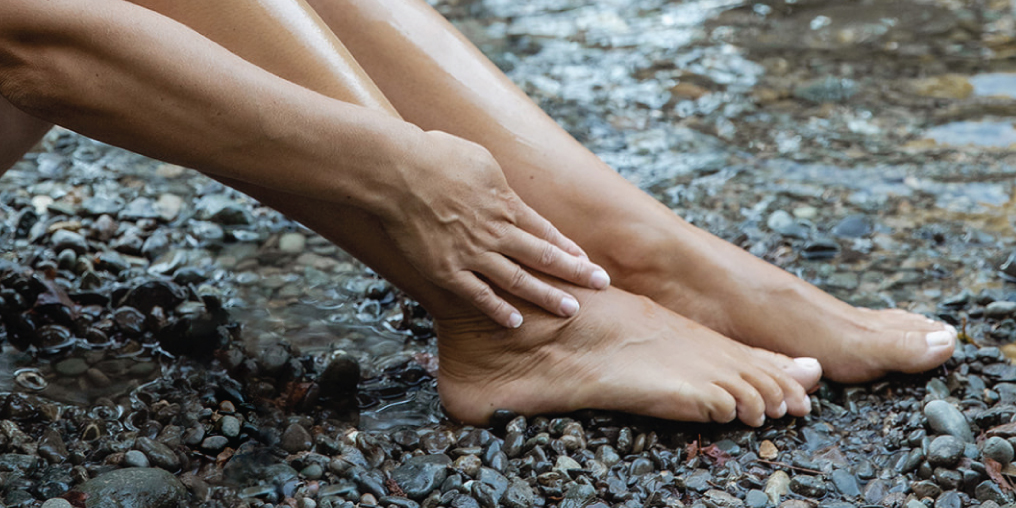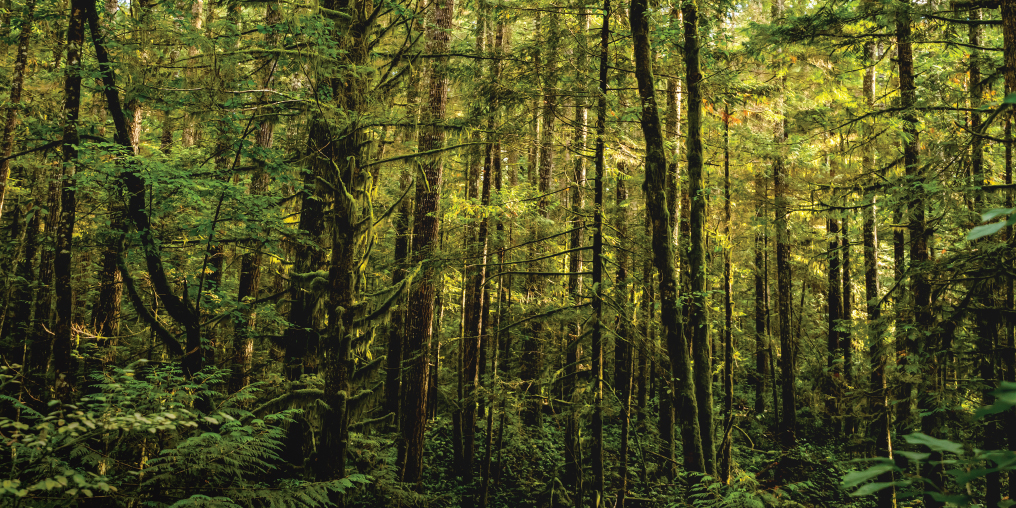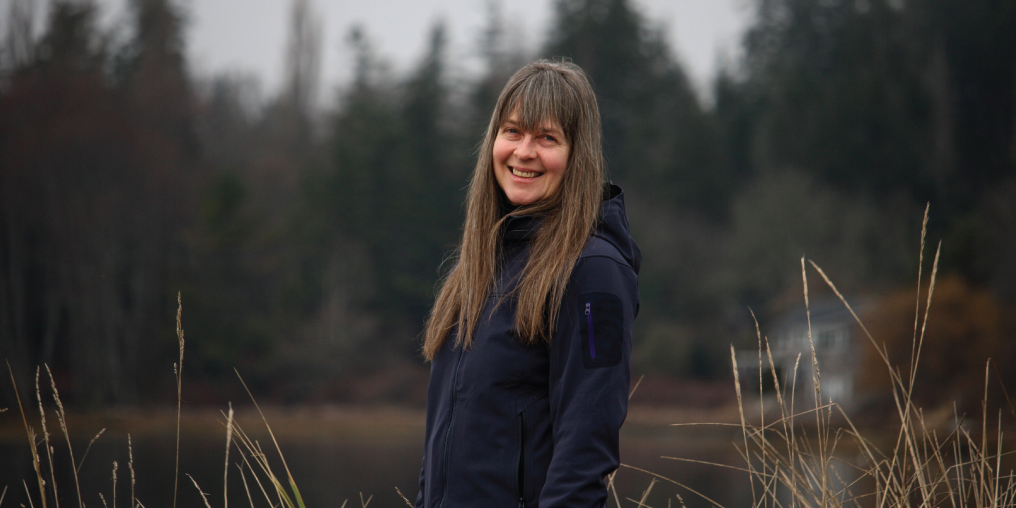I was a child of the ‘80s and ‘90s. If you were too, your childhood was probably filled with cartoons, sugary cereal, and dinners in front of the TV. Though there were the beginnings of exciting new technology, the values of my parents’ and grandparents’ generations demanded balance. We’d play video games until our parents called down to my younger brother and me saying, “Shut that thing off and go play in the sunshine!” We’d reluctantly drag ourselves away from the dark room, glowing from the paused screen, and make our way towards the light of the summer afternoon. The sweet breeze and our bare feet on the grass made us forget the game altogether.
On the outskirts of our southern Ontario city, there was a forest and creek near our home that we’d visit almost daily. Climbing trees and making forts were my favourite things. We’d play outside until the streetlights came on and would try to push our luck for a while longer, not wanting to go inside, until our parents insisted we come in.
As we grew up and took on more responsibilities: school, jobs, and relationships, our imagination and connection to nature began to play a lesser role in our lives. I’d reached an age where playing outside wasn’t considered cool anymore. To connect socially, ICQ and MSN Messenger were my new focus. Websites, cell phones, and my online social life replaced nature time and dulled my imagination. Entering college, I was technology obsessed. I didn’t have any time for getting outdoors. Nature connection was crowded out by internet connections and the balance was lost.
The pressures of college and finding a career began to weigh on me. Anxiety and depression found their ways into my head and heart. I knew something was really wrong when I was prescribed antidepressants to cope. I was following the path of all my peers and my parents; I was trying to live the dream and be successful. Why wasn’t I happy?
Industrial southern Ontario was no longer inspiring so I looked west. The idea of adventure and wild nature brought back the nostalgia of my childhood in the woods.
I made the move to the Comox Valley with little hesitation and my perspective on everything changed. The wilderness here makes itself known; you can’t go far without coming face to face with the natural world.
People born in my generation grew up with the difficult task of constantly transitioning with each new technology. We have apps to tell us when to drink water or when to dim the lights and badger us with notifications of our friends’ activities. Screen-time is now a common term. Our parents may have tried to keep us grounded, but we’ve had to face the internet wave head on, with no idea of where it will take us and how it will affect us.
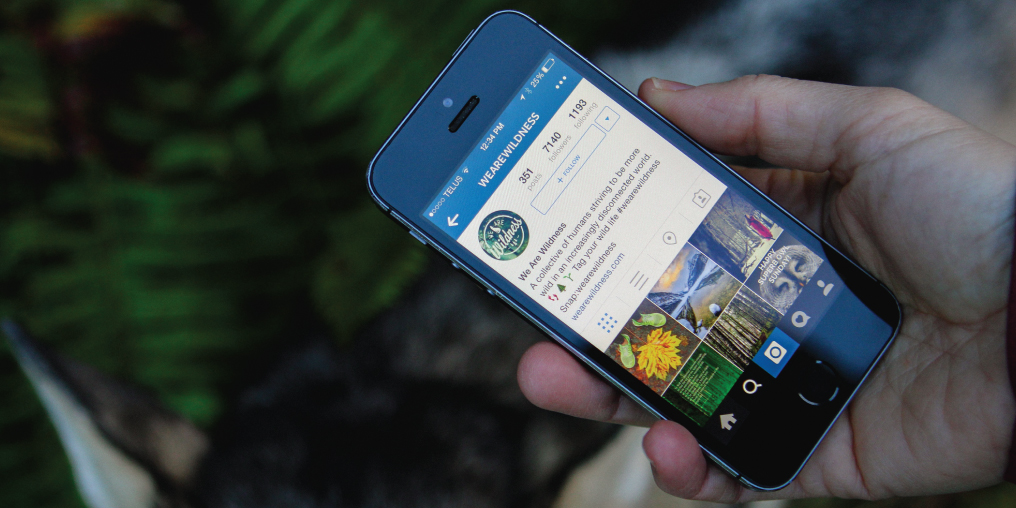
The wave hit me hard and it wasn’t until I moved to Vancouver Island that I realised the impact — I had lost my connection to the wildness of the natural world. Sometimes referred to in my field, as “Nature Deficit Disorder.”
Many of us don’t realize the importance of being in nature. Studies have shown that spending time in the natural world can lower blood pressure, calm anxiety, inspire creativity, boost feelings of happiness and allow us to de-stress. In Japan they have a name for therapeutic walking in the woods called Shinrin-yoku or Forest Bathing. To practice, you simply “Go to a forest. Walk slowly. Breathe. Open all your senses.” (www.shinrin-yoku.org).
Technology and nature seemed to be on opposite ends of the lifestyle spectrum. I wanted to bridge the gap in a way that would benefit people and the planet. That’s why I created We Are Wildness (WAW)—an online project that helps people around the world reconnect with nature. We inspire and motivate people to get outdoors through social media, our blog, and an online school that offers nature-based courses.
People point out the paradox of using online technology to help people get back to nature. We’ve embraced that paradox because we believe the people who need nature reconnection the most are the people who spend the most time online.
Our most popular and fun way to engage people has been our Rewild Your Life 30 Day Challenge, which will launch again in late spring. The goal is to spend at least 30 minutes outside every day for 30 days. It may seem easy, but most of the people in our online community live in big cities with little access to nature, and our Facebook page, with over 140,000 members, shows how valuable this inspiration can be. Through WAW I hope to continue helping people who might be feeling like I was before I was aware of what was lacking—my nature connection.
We’re so lucky to have our business based in the wildness of the Comox Valley. We are inspired by our community’s strong connection to nature. When we walk the streets and trails of Cumberland and the rest of the Valley we are stoked to see so many people on bikes and hiking with their dogs. This inspiration at home fuels our global outreach, as not everyone has the opportunity or privilege to live in such a wild place.
The world is rapidly changing with all the innovations in tech and I love it. I also love the natural world and feel that connecting with and preserving the declining wilderness and wildlife is essential to the health of the planet and the health of humans. My hope is that we can use our internet connection and new technology to improve our understanding of, and connection to, the natural world.
I challenge you to put your smartphone or tablet down today. Get outdoors and reconnect with the natural world, even for 30 minutes. The forest may not have Wi-Fi, but I promise you’ll find a better connection there.
Connect with us:
FACEBOOK.COM/WEAREWILDNESS
INSTAGRAM.COM/WEAREWILDNESS
WEAREWILDNESS.COM

